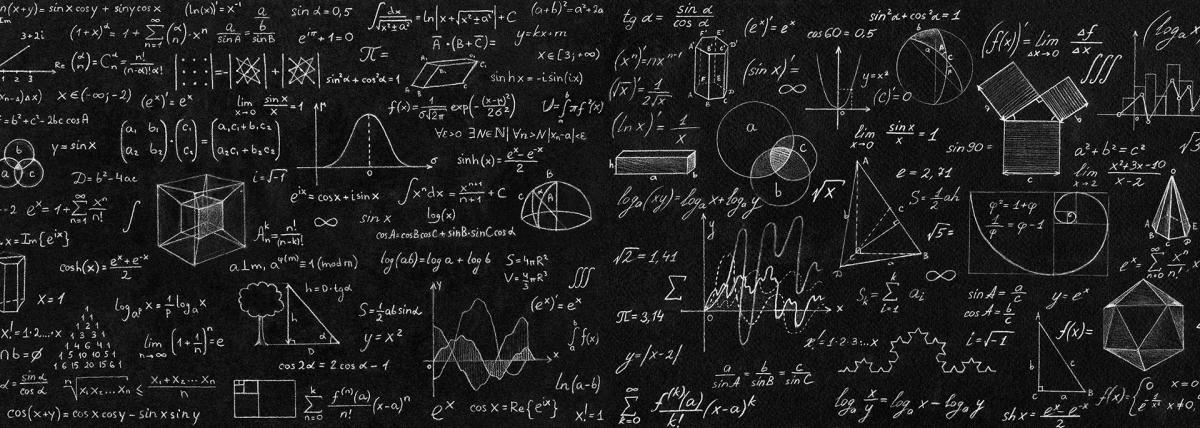
Endo or Exo: Which is It Lab?
by Amanda Stalvey Harrison
A common challenge in Thermodynamic Chemistry is how do endo vs. exothermic reactions FEEL. Students will conduct three different chemical reactions to collect data and observations about the Endothermic or Exothermic nature of these reactions. Students will collect initial and final temperature measurements, conduct a flame test of the gasses evolved in the lab, feel the reactions' energy change, then using that data, identify whether the reaction is Endothermic or Exothermic, what the gas involved is and use this data to identify the final products of the reaction, and type of reaction. This lab investigation is a great way for students to experience chemical reaction energy changes first hand.
Lesson Plan Link/URL
https://docs.google.com/presentation/d/1q5-pQ5jIurh7yc1tRbyD9GI8Hf6RLpQF/edit?u…Subject Area
Science Physical Science P1: Matter P4: Energy Transfer Mathematics Measurement and Data (MD) Expressions and Equations (EE) Number & Quantity (N) English Language Arts (ELA) Reading (Informational Text) Writing
Featured
Off
Related Content

Grades:
9th Grade, 10th Grade, 11th Grade, 12th Grade
This is a two-day introductory lab exercise using video analysis to derive the equations that govern projectile motion. It employs elements of Modeling Instruction to engage students in doing science.

Grades:
9th Grade, 10th Grade, 11th Grade, 12th Grade
Students will work in small groups to create a water filtration system to demonstrate understanding of water purification systems and human influences.

Grades:
9th Grade, 10th Grade, 11th Grade, 12th Grade
Students pull wooden "sleds" with different masses on them over various types of surfaces with spring scales (force meters) to calculate the different coefficients of friction. Students graph the data